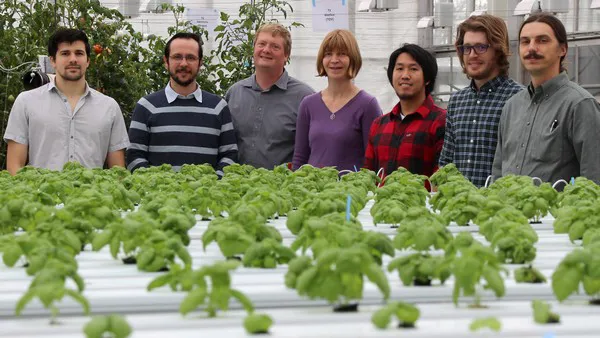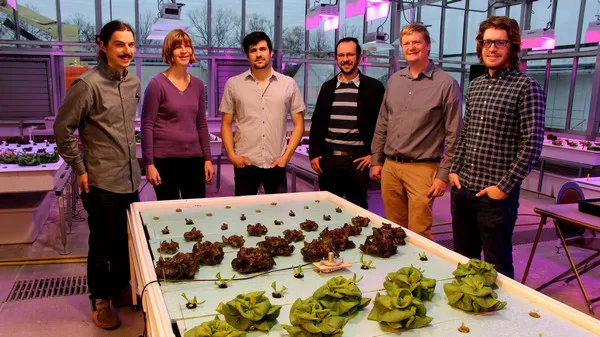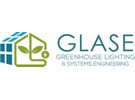“We want to help growers ask the right questions. That way, they’ll be able to choose their ideal climate solutions from the myriad of suppliers in this market,” Erico Mattos says. Four years ago, the GLASE consortium was found with exactly this goal in mind: drawing a connection between growers and researchers in order to improve controlled environment agriculture and increase energy use efficiency in the sector.
“Many universities have great research plans on horticultural techniques. Yet we see that this is not at all times put into practice, as growers aren’t always aware of what could be in it for them,” Erico explains.

The GLASE team
For that reason, GLASE organizes a monthly webinar in which scientists from different fields can present their research programs. But not just that: thanks to the round table format, the audience can connect with the researchers. “Normally, the audience goes from growers to manufacturers and academics. The goal is purely educational: connecting the industry to the academy, allowing both groups to build a relevant network,” Erico shares.
To cater to the needs of this broad audience, only generally relevant topics are covered. “We always ask ourselves: is this relevant for growers? If not, change the subject. For that reason, we also include applications for Vertical Farming. This week, for instance, a roundtable with 6 CEA professors will be held to introduce new research programs in the U.S. You can register here.
Understanding the grower
Erico sees a great need for this knowledge in the industry. “Take the US, for instance, where over 90% of growers still use HPS lights. There are big opportunities for LED companies here and for growers too. But how can growers choose between all the options available? Besides, each grower has different needs. The succeeding companies will be those who understand the growers, listen to them and cater to their needs. And that’s where we turn in: we help growers ask the right questions, considering all relevant aspects of their company.”
Although the goal of the webinar is mainly to educate stakeholders in general terms, there have been several practical applications so far. One example of this is the CO2 LASSI (Light and Shade System Implementation), a technology developed at Cornell University. The LASSI technology, which involves monitoring sunlight and then predicts how much supplemental light is needed, was further developed during the GLASE project to take CO2 and energy prices in the equation. This way, growers can optimize energy use efficiency based on crop developmental interactions under different lighting and CO2 conditions. They can also plan to use more light on off-peak energy hours, reducing the overall lighting costs.

A strawberry sensing machine
“This LASSI technology was developed by Cornell University and optimized by the GLASE consortium. The Online LASSI, which is available to all GLASE members via the GLASE website, allows CEA growers to estimate the energy savings provided by the LASSI control, based on their unique operational conditions and crop’s lighting requirements. This is an excellent example where the collaboration between industry members and scientists can lead to.”
Democratizing knowledge
Obviously, many growers develop their own technologies. However, this is not attainable for all growers, Erico argues. “Take the US, for example, where a few high-tech companies hold 80% of the total sales. And then there are many small-size growers that don’t know about the benefits technology can bring them. We are democratizing access to technology and knowledge. We focus on high technology, but our knowledge and training are aimed for smaller growers especially.”

Four years ago, the consortium started their work, financed mostly by the New York State Energy Research and Development Authority (NYSERDA). Although the program initially started as a 7-year project, the project will by no means be closed in 2024. “Our goal is to be self-sufficient. The industry changes so fast with a plethora of new technologies that are being developed, so we think it is essential to maintain the connection with growers, that way knowing what they need exactly. Anything that can help the industry is worth promoting.”
Erico Mattos
 Greenhouse Lighting and Systems Engineering
Greenhouse Lighting and Systems Engineeringem796@cornell.edu
www.glase.org
